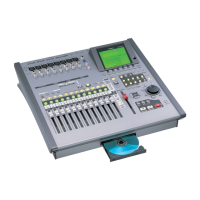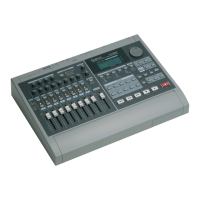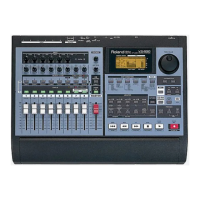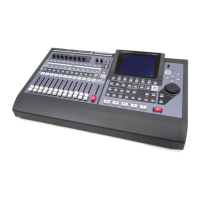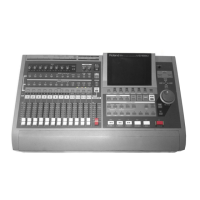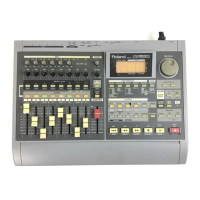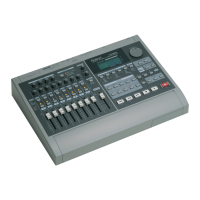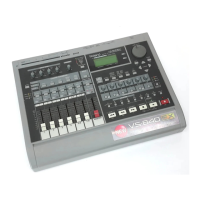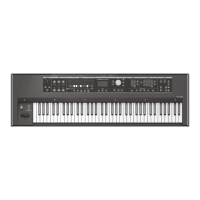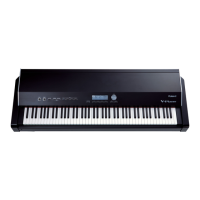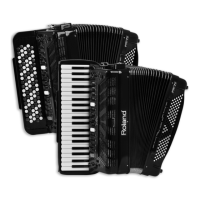3—Introduction to the VS-2000
Roland VS-2000 Owner’s Manual www.RolandUS.com 55
The Internal Effects
What Are the Internal Effects?
The VS-2000 contains a set of internal effects processors. As shipped from the factory,
there are two internal stereo effect processors onboard. You can install another two
effect expansion boards for a total of six internal stereo effect processors—each board
adds a pair of stereo effects. You can install any combination of Roland VS8F-2 Effect
Expansion Boards or VS8F-3 Plug-In Effect Expansion Boards (purchased separately).
What Are Effects?
An effect is a type of audio processing that’s added to a sound to enhance it. There are a
variety of effects available in the VS-2000, including:
•
Reverbs
—A reverb adds an ambience to a sound, creating the impression that it
exists in an actual physical space. Some people call reverb “echo,” though
technically that word applies to something else, as we’ll see. A reverb can be short
in duration—so that it sounds like an average-sized room in your home—or long,
so that it sounds like big concert hall. It can also be set to any size in-between.
•
Delays
—A delay causes the original sound to repeat one or more times, often at
levels that get quieter and quieter with each repeat. Long delays help re-create
classic rock ‘n roll sounds. Any delay can also useful for subtly suggesting an
ambience. Another word for “delay” is “echo.”
•
Choruses, flangers and phasers
—All three effects add their own type of swirling
texture to a sound, most often to instruments such as electric pianos and electric
guitar or bass. They utilize subtle delays and/or pitch changes to do what they do.
•
Filters
—A filter removes part of the original sound. This group of effects includes
EQs and things like wah-wah pedal simulations.
•
Compressors, limiters, gates
—These effects, collectively called “dynamics processors,”
alter the volume of the original signal in one way or another. Compressors and
limiters even out volume fluctuations, while a gate lowers the level of a signal—or
shuts it off altogether—when it falls below a certain volume level.
•
Modeling
—Roland’s COSM™ (Composite Object Sound Modeling) process
emulates various guitar amps, microphones and speakers with amazing realism.
The VS-2000 also offers effects that use several of these audio processes at once.
Harmony
The VS-2000’s Harmony feature uses the VS-2000’s effect processors to generate
harmonies from recorded performances.
How Does the VS-2000 Create Effects?
Each of the VS-2000’s effects is created by subjecting an audio signal—remember, it’s
just numbers while it’s inside the VS-2000—to a complex mathematical formula called
an “algorithm.” The VS-2000 contains 36 algorithms. You’ll find a list of them in the
VS-2000 Appendices
booklet.
Each algorithm has its own collection of settings. You can save an algorithm’s settings in
the VS-2000 memory as an “effect patch.” The VS-2000 ships from the factory with 250
pre-programmed patches, many of which offer more than one kind of effect. The
Each stereo effect processor can also be used as two separate mono effect processors.
VS2000OMUS.book 55 ページ 2004年10月20日 水曜日 午後3時3分

